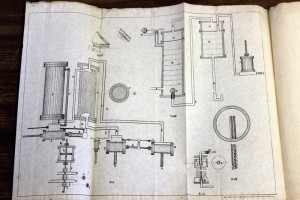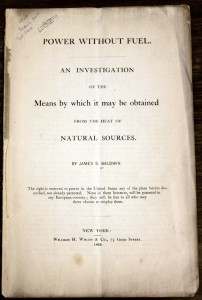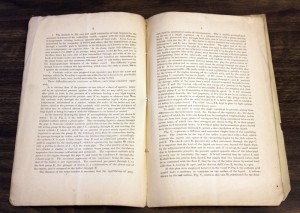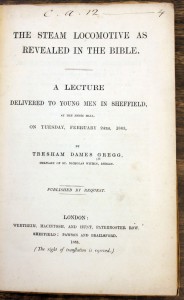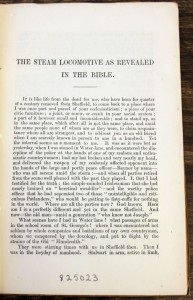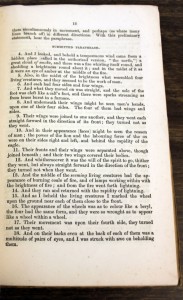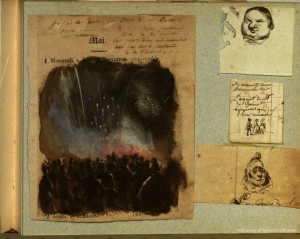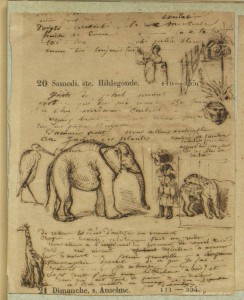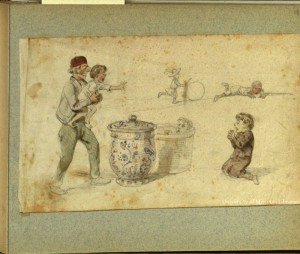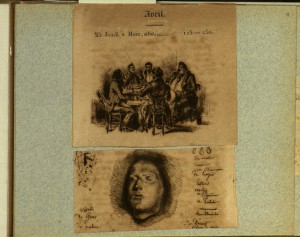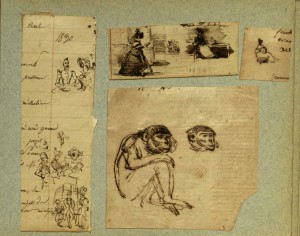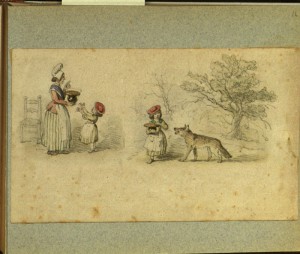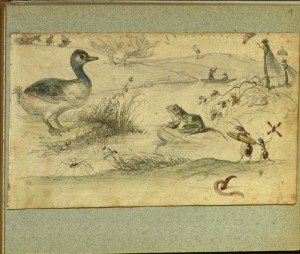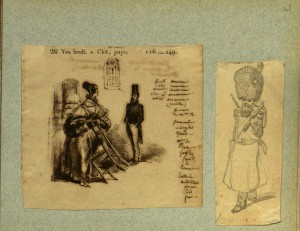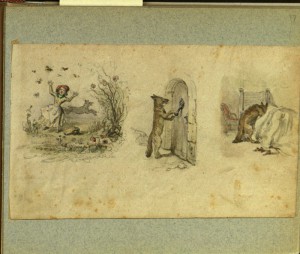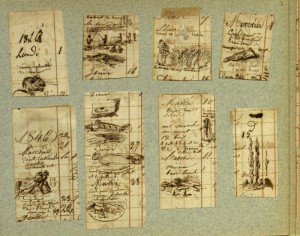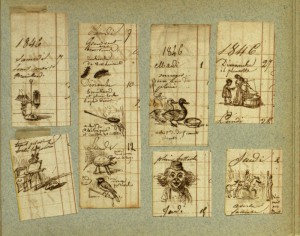Happy 198th birthday to Charlotte Brontë, and happy manuscript Monday! Here's one of the most famous items in the collections: a manuscript by Charlotte herself, written at age 17. Believe it or not, if you're on a desktop computer, the scans below are probably displayed on your monitor at larger than actual size. The original manuscript is only about 5 inches tall. Its eight leaves contain not just one, but two short stories – "The Secret" and "Lily Hart." What's amazing to note is that Charlotte actually edited this manuscript. If you look really closely, you can see where she's crossed out some phrases and added others.
Can you read it? If not, never fear: this manuscript was published by William Holtz in 1979 in facsimile and transcription, for those of us whose eyesight isn't quite as keen as Charlotte's must have been. This manuscript also has an amazing history; see a past Mizzou Wire article for more information, or find it in the MERLIN catalog.



